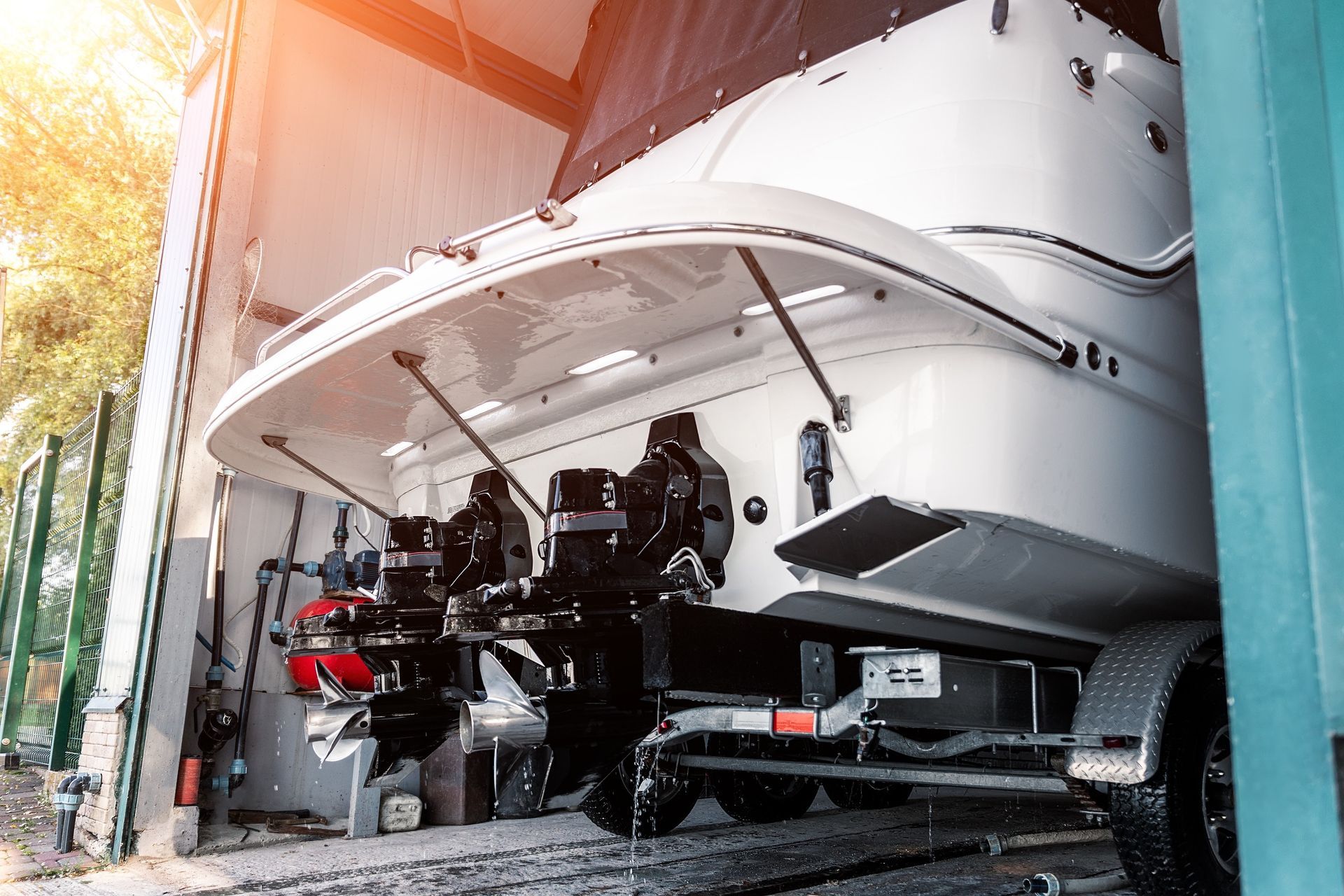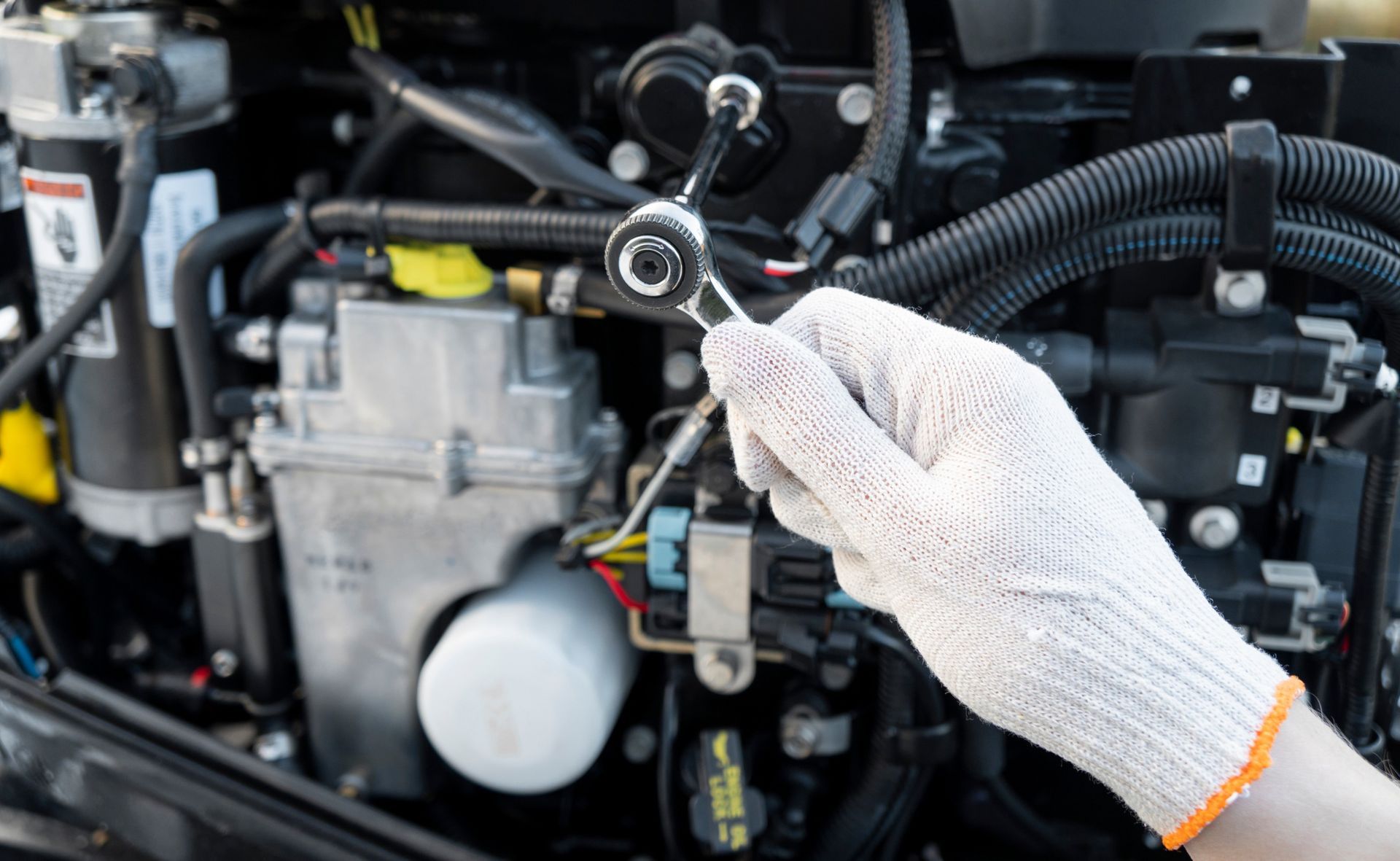Repowering Your Boat - Part 1
Making the right choice
With the cost of new boats today and the rising cost of boating, the question often comes up whether to repower an existing boat or to purchase a new boat. Marine engine technology has advanced significantly in the past 10 years and there are many points to consider when making this decision; we address some of them here.
The most important and obvious place to start with is the condition of your existing boat. Has it been properly maintained and can it go several more years? Interestingly, we find many people become attached to their boat and may be inclined to make the wrong decision as a result. Detaching emotionally is an important step that needs to be made so the bigger picture can be seen. If in doubt about the structural integrity of the boat, have a certified marine surveyor inspect the hull. If the overall condition of the boat is sound, then repowering may be the right choice.
The main reason for repowering is quite simple. Your old engine is cranky and unreliable, and probably costing too much to maintain. A new engine gives you reliability, ease of use and peace of mind which leads to more enjoyment on the water.
When repowering, the list of do’s and don’ts is significant, primarily because of the many different types of sail and power boats on the market. Like humans, no two boats are alike, so every job and need is unique.
Sail boats are the least complicated to repower as there is a limit to the speed the hull can obtain. Usually, there is little need to increase the horsepower of the engine, unless it was underpowered originally, so the modifications are generally minimal.
Power boats, on the other hand, can accommodate many repower options. A twin engine boat can be repowered with a single engine, or it can be done in the reverse by repowering a single engine boat with twin engines. It depends on what you want to achieve.
There is also the option of replacing an inboard or stern drive boat with an outboard engine – an increasingly popular option with the introduction of high horsepower outboards. Taking an inboard engine out of the boat and mounting an outboard on the transom with a bracket gives a lot more room in the boat; in most boats, handling and performance is also improved.
The primary consideration when repowering is to talk to the experts as there are all sorts of factors to consider, such as the power rating of the hull, the weight of the new engine and how that may affect trimming and handling of the boat; then there is the shaft length and propeller specifications to think about. You may also have to replace the gauges, depending on the changes being made. These are critical areas of consideration, as making the wrong choice can end up causing disappointment and upset, both financial and otherwise.
With all the technological advancements today, you will notice some major changes with a new engine, such as:
- Better fuel economy
- Lower oil usage
- Decreased emissions
- Easier handling
- Superior performance
- Reliability
- Warranty and parts availability
- An increased value of the boat
Like any major renovation, repowering of a watercraft requires planning, thinking through the details, compromise, patience and a decision. Once the decision is made and the job is complete, that first boat ride can be as thrilling as the first time you pushed a throttle.
In the experience of the writer, repowering was a great choice.



